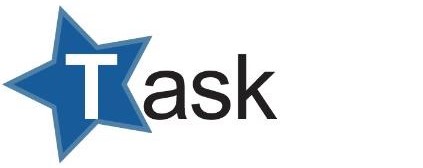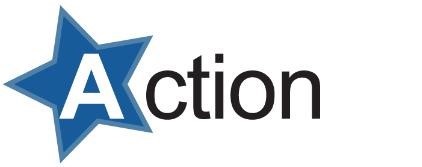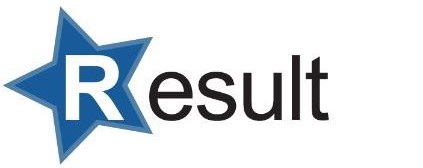STAR Method for Behavioral Interview Questions
Behavioral interviewing is a technique employed by interviewers to evaluate your past behavior in order to predict your future behavior in a similar situation. Answering behavioral questions is not an easy task, but proper preparation will assist you in answering them successfully.
Utilizing the S.T.A.R. method will help you construct an organized, specific, thoughtful, and concise answer. Be sure to remember the result! Many people leave this part out, and the result is often what employers are most interested in hearing more about.
STAR Method
During the interview, your responses need to be specific and detailed. Tell them about a specific situation that relates to the question, not a general one. Your answer should contain these four parts: Situation, Task, Action, and Result. Briefly describe the situation; what you did specifically and the positive outcome or result (aka, what did you learn).
 |
Think of a situation you were involved in that had a positive outcome and relates to the question asked. You can use examples from classes, an internship, a volunteer experience, your part-time job, etc. |
 |
Describe the tasks involved in the situation. Think about the goal you were working toward. What specifically were you trying to accomplish? |
 |
What did you specifically do to make an impact? What was your role in the process? Even if the question relates to a team-oriented project, the employer is most interested in learning more about what you did to help the team succeed.
|
 |
Describe what happened because of your actions. What did you learn from this experience? A positive end result is what they are really looking to hear in your response, so spend some time talking about the how the situation turned out. |
Example
| QUESTION: | Tell me about a time when something did not go as planned. How did you handle it and what was the result? |
| Situation: | During my volunteer experience at Boys and Girls Club of Dane County, I was the lead volunteer in charge of the “Bike for Boys & Girls Club” event. |
| Task: | In this role, I was responsible for recruiting and organizing volunteers for the event and coordinating the overall logistics of the day’s event. |
| Action: | I collaborated with my supervisor to understand the various components of the event, like how many volunteers we needed for each station, and what each of their roles should be. I charted out a plan and began to recruit and assign volunteers. I gave each volunteer more detail about their role for the event and told them when to arrive that morning. On the day of the event, two of the scheduled volunteers failed to show up. Therefore, it was my responsibility to reevaluate and reassign roles as necessary. I determined which stations could get by with fewer workers and then moved volunteers accordingly. Doing this required clear communication with all volunteers as it was important for each of them to feel confident in their role. |
| Result: | By explaining our needs and each of the different roles to the volunteers who were reassigned, they all felt confident to assist with the day’s event. Even though we were short two volunteers, the event ran very smoothly and the community members who participated never even realized we were not fully staffed. It was a great success! |
